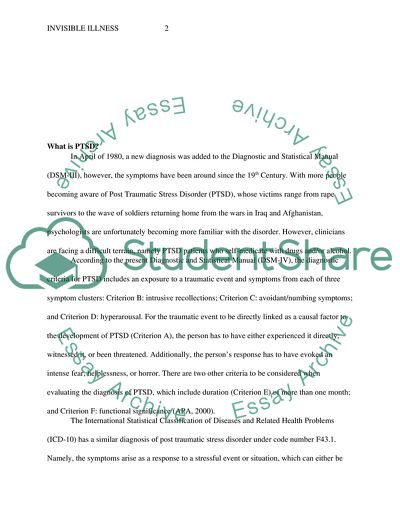Cite this document
(Post-Traumatic Stress Disorder as an Incurable Disease and Its Essay, n.d.)
Post-Traumatic Stress Disorder as an Incurable Disease and Its Essay. Retrieved from https://studentshare.org/health-sciences-medicine/1799035-practice-of-healing
Post-Traumatic Stress Disorder as an Incurable Disease and Its Essay. Retrieved from https://studentshare.org/health-sciences-medicine/1799035-practice-of-healing
(Post-Traumatic Stress Disorder As an Incurable Disease and Its Essay)
Post-Traumatic Stress Disorder As an Incurable Disease and Its Essay. https://studentshare.org/health-sciences-medicine/1799035-practice-of-healing.
Post-Traumatic Stress Disorder As an Incurable Disease and Its Essay. https://studentshare.org/health-sciences-medicine/1799035-practice-of-healing.
“Post-Traumatic Stress Disorder As an Incurable Disease and Its Essay”, n.d. https://studentshare.org/health-sciences-medicine/1799035-practice-of-healing.


